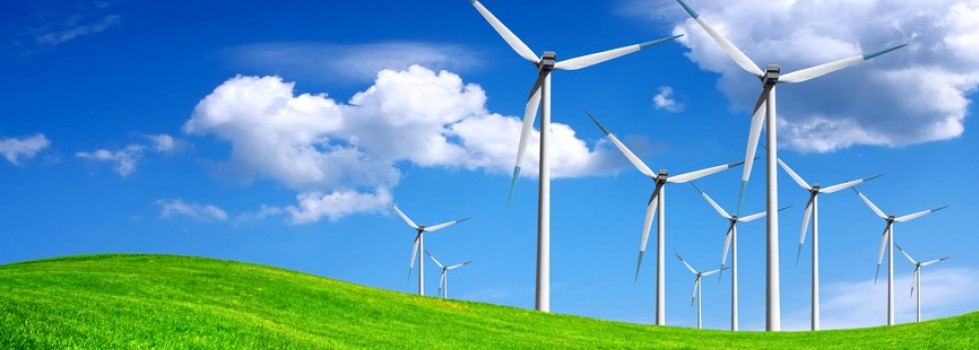To completely explain renewable energy, one must first understand what renewable energy is. Renewable energy is any energy that comes from natural resources such as wind, water, sunlight and geothermal heat, which is heat that is retained in the earth. Renewable energy is called renewable because it can be easily replenished without the help of man. There are several types of renewable energy that is used in different ways to make it usable to humans.
Wind energy is converted into wind power. When the wind is harnessed using turbines, it can be used as a way to generate electricity. Because of the advancement in the turbine technology and the ability for utility companies to lock in a set price of wind energy costs because the fuel is free, the overall costs of wind power to the consumer are lower than in past years. It is important to understand that with this type of electric power one should live in a region where natural wind sources are very plentiful.
Water energy is converted into hydroelectric power. Hydroelectric power is usually at the source of oceans, lakes, and rivers. Hydroelectric power uses power turbines that are setup at the water dams. When the water is exposed, most of the time trapped by a reservoir, to the turbine, the turbine transforms the released energy into electricity.
Sunlight, also known as solar energy, is also a common renewable energy source. Sunlight is made useful to humans in the production of electricity by releasing electromagnetic radiation. Once the electromagnetic radiation is captured, usually with the use of photovoltaic cells in a conductor material, it produces electricity and heat. The conductor material ordinarily is silicon because of the abundance of the material. The initial start up costs for installing solar energy panels into a consumer’s home is usually very costly. It may even take up to ten years to see a return on the investment.
Geothermal energy is found inside the earth’s core. Utility companies can drill into geothermal energy reservoirs to harness the heat. Once the heat or hot water has been trapped, it can spin turbines to make electricity.

